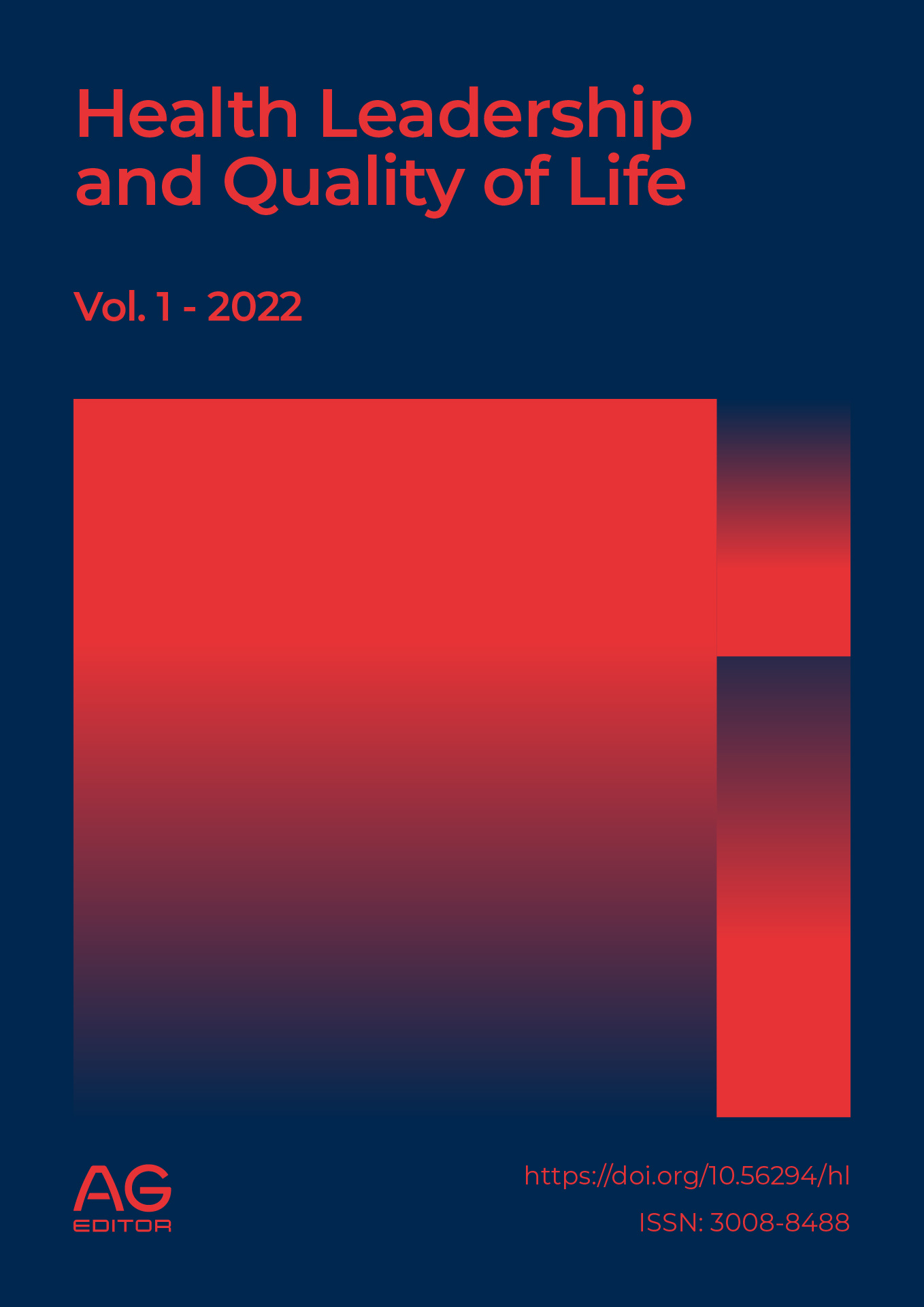The Role of Safety Management Systems in Improving Workplace Health and Organizational Success
DOI:
https://doi.org/10.56294/hl2022109Keywords:
Safety management systems, workplace health, safety culture, employee productivity, organizational success, structural equation modeling (SEM)Abstract
Background: Organizational initiatives aimed at improving workplace performance and safety currently includes the deployment of Safety Management Systems (SMS). SMS includes structured policies, procedures, and tools aimed at improving safety outcomes and reducing risks.
Aim: To investigate the effects of SMS on key workplace outcomes is the main aim of this research, including workplace health, safety culture, employee productivity, organizational financial performance, employee retention and satisfaction. The research also seeks to identify how safety culture mediates the relationship between SMS and these outcomes.
Method: Data from 1,028 participants were analyzed using various statistical techniques in AMOS software. The methods included correlation analysis to assess relationships between variables, chi-square test for categorical comparisons, multiple linear regressions to model the direct effects of SMS on dependent variables, and ANOVA for group comparisons based on SMS implementation levels. Structural Equation Modeling (SEM) was used to test complex relationships, including indirect effects mediated by safety culture.
Results: Findings indicate that SMS implementation significantly improves workplace health, employee productivity, and organizational financial performance. Organizations with higher SMS maturity report better safety records, increased employee satisfaction, and improved financial performance.
Conclusion: The results underscore the importance of SMS in fostering a safer, more productive workplace. A strong SMS not only enhances workplace safety but also contributes to overall organizational success by improving employee well-being, retention, productivity and financial outcomes.
References
1. Kim NK, Rahim NF, Iranmanesh M, Foroughi B. The role of the safety climate in the successful implementation of safety management systems. Safety science. 2019 Oct 1;118:48-56. DOI: https://doi.org/10.1016/j.ssci.2019.05.008
2. Sepúlveda MJ. Integrating information technologies safety into occupational and environmental safety management systems. Journal of occupational and environmental medicine. 2019 Jun 1;61(6):e297-9. DOI: 10.1097/JOM.0000000000001572
3. Pęciłło M. Identification of gaps in safety management systems from the resilience engineering perspective in upper and lower-tier enterprises. Safety Science. 2020 Oct 1;130:104851. DOI: https://doi.org/10.1016/j.ssci.2020.104851
4. Liu Z, Zhang A, Wang W. A framework for an indoor safety management system based on digital twin. Sensors. 2020 Oct 12;20(20):5771. DOI: https://doi.org/10.3390/s20205771
5. Nwankwo CD, Theophilus SC, Arewa AO. A comparative analysis of process safety management (PSM) systems in the process industry. Journal of Loss Prevention in the Process Industries. 2020 Jul 1;66:104171. DOI: https://dx.doi.org/10.1016/j.jlp.2020.104171
6. Kaya GK, Hocaoglu MF. Semi-quantitative application to the Functional Resonance Analysis Method for supporting safety management in a complex health-care process. Reliability Engineering & System Safety. 2020 Oct 1;202:106970. DOI: https://doi.org/10.1016/j.ress.2020.106970
7. Nwankwo CD, Theophilus SC, Arewa AO. A comparative analysis of process safety management (PSM) systems in the process industry. Journal of Loss Prevention in the Process Industries. 2020 Jul 1;66:104171. DOI: https://dx.doi.org/10.1016/j.jlp.2020.104171
8. Chen H, Hou C, Zhang L, Li S. Comparative study on the strands of research on the governance model of international occupational safety and health issues. Safety science. 2020 Feb 1;122:104513. DOI: https://doi.org/10.1016/j.ssci.2019.104513
9. Skład A. Assessing the impact of processes on the Occupational Safety and Health Management System’s effectiveness using the fuzzy cognitive maps approach. Safety science. 2019 Aug 1;117:71-80. DOI: https://doi.org/10.1016/j.ssci.2019.03.021
10. Xue Y, Fan Y, Xie X. Relation between senior managers’ safety leadership and safety behavior in the Chinese petrochemical industry. Journal of Loss Prevention in the Process Industries. 2020 May 1;65:104142. DOI: https://doi.org/10.1016/j.jlp.2020.104142
11. Adjekum DK, Tous MF. Assessing the relationship between organizational management factors and a resilient safety culture in a collegiate aviation program with Safety Management Systems (SMS). Safety science. 2020 Nov 1;131:104909. DOI: https://doi.org/10.1016/j.ssci.2020.104909
12. Behie SW, Halim SZ, Efaw B, O'Connor TM, Quddus N. Guidance to improve the effectiveness of process safety management systems in operating facilities. Journal of loss prevention in the process industries. 2020 Nov 1;68:104257. DOI: https://doi.org/10.1016/j.jlp.2020.104257
13. Mei Q, Wang Q, Liu S, Zhou Q, Zhang J. Effects of organizational safety on employees’ proactivity safety behaviors and occupational health and safety management systems in Chinese high-risk small-scale enterprises. International Journal of Occupational Safety and Ergonomics. 2020 Jan 2;26(1):101-11. DOI: https://doi.org/10.1080/10803548.2018.1470287
14. Fang S, Zhou P, Dinçer H, Yüksel S. Assessment of safety management system on energy investment risk using house of quality based on hybrid stochastic interval-valued intuitionistic fuzzy decision-making approach. Safety Science. 2021 Sep 1;141:105333. DOI: https://doi.org/10.1016/j.ssci.2021.105333
15. Niciejewska M, Kiriliuk O. Occupational health and safety management in “small size” enterprises, with particular emphasis on hazards identification. Production Engineering Archives. 2020 Dec 1;26(4):195-201. DOI: https://doi.org/10.30657/pea.2020.26.34
16. Rost KA, Alvero AM. Participatory approaches to workplace safety management: bridging the gap between behavioral safety and participatory ergonomics. International journal of occupational safety and ergonomics. 2020 Jan 2. DOI: https://doi.org/10.1080/10803548.2018.1438221.
Published
Issue
Section
License
Copyright (c) 2022 Sunil Kumar Agrawala , Shailly Gupta , Sujayaraj Samuel Jayakumar , Archana Singh (Author)

This work is licensed under a Creative Commons Attribution 4.0 International License.
The article is distributed under the Creative Commons Attribution 4.0 License. Unless otherwise stated, associated published material is distributed under the same licence.






